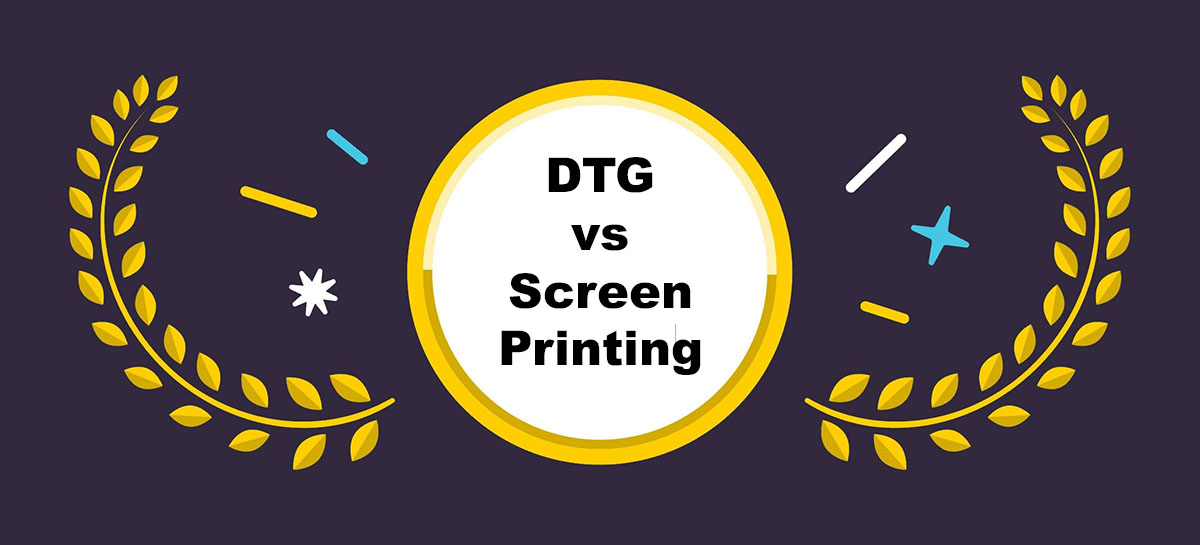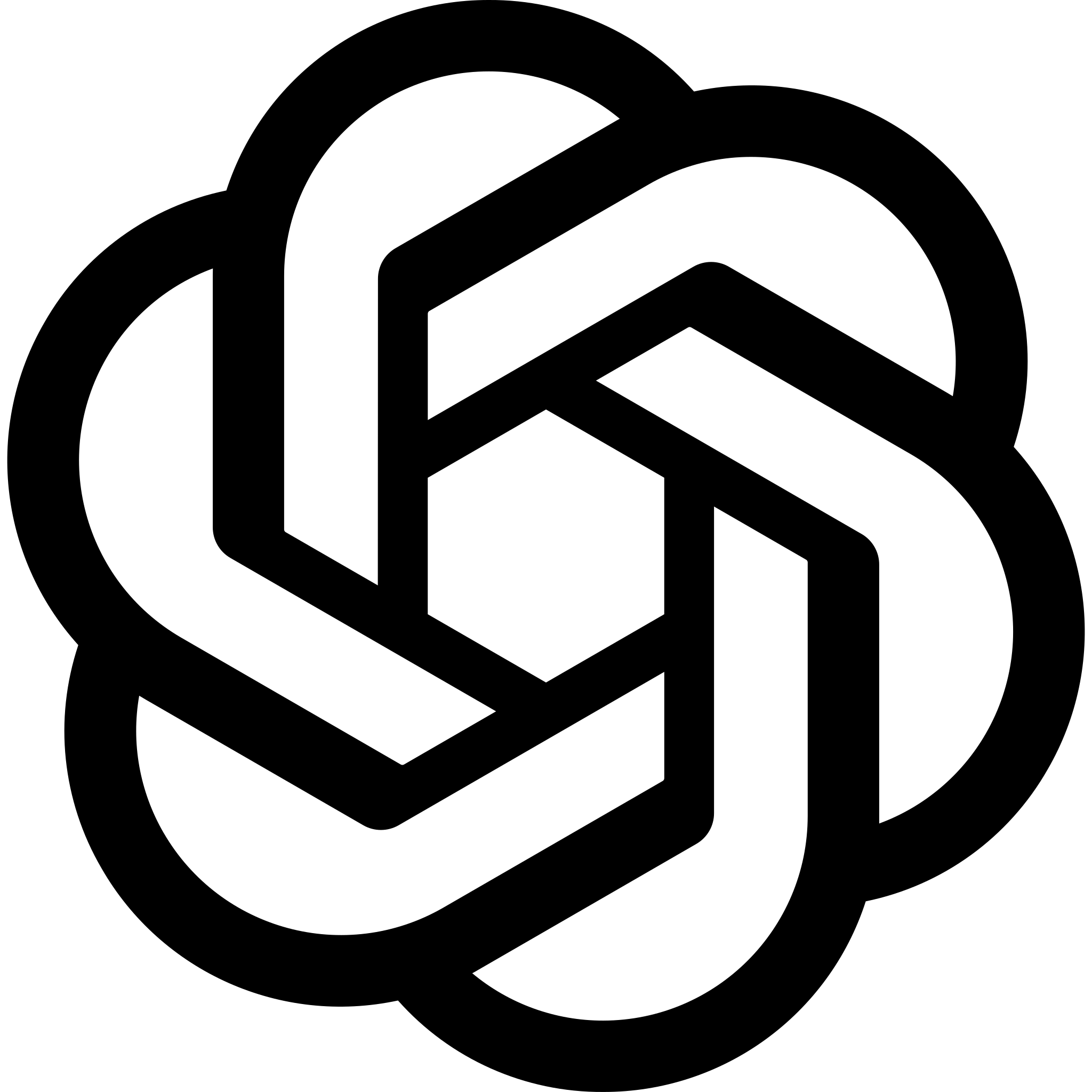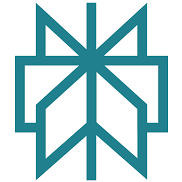When I started getting into print on demand, one of the biggest questions I had was about production.
Everyone online talked about DTG, screen printing, sublimation, heat transfers—it was overwhelming.
But two printing methods kept coming up over and over again: DTG (direct-to-garment) and screen printing.
Choosing the right method can seriously impact everything—from how your designs look to your profit margins and how scalable your business is.
I’ve tested what works for one-person ecommerce stores versus high-volume campaigns. In this guide, I’ll break it all down in plain terms, so you can make the call that fits your business.
What is DTG? (Direct-to-Garment Printing)
DTG stands for direct-to-garment printing, and it works pretty much like an inkjet printer—but for t-shirts.
The printer sprays water-based ink directly onto the fabric, and then the ink soaks into the material. It’s especially useful for complex designs or photo-realistic artwork with gradients, shading, and tons of colors.
Why DTG Works Well for Print on Demand
Here’s what I’ve learned using DTG in a POD setup:
- No setup fees: You don’t need to create screens or films.
- Perfect for one-offs: You can print a single t-shirt with zero extra cost.
- Easy integration: Platforms like Printful, Printify, and SPOD all use DTG.
- Fast to market: Upload your design, and it’s printed after the customer places an order.
- Ideal for full-color designs: DTG can handle complex art that wouldn’t be cost-effective with screen printing.
DTG has its limitations, though. It works best on 100% cotton garments, and the print may fade over time, especially after repeated washes.
The initial investment in a DTG printer can also be steep, starting around $15,000 to $30,000 for quality equipment like an Epson F2100 or Brother GTX.
What is Screen Printing?
Screen printing is a more traditional method that uses stencils (or screens) and pushes ink through the mesh onto fabric.
Each color in a design requires a separate screen, so it takes more time to set up but delivers top-notch print quality.
Why Screen Printing Is Still a Favorite
If you’re producing merch in bulk, screen printing is still king in many ways:
- Lower cost per shirt in volume: Once the screens are made, printing hundreds of units is cheap.
- Extremely durable: The ink sits on top of the fabric, making it more resistant to fading or cracking.
- Vibrant colors: Especially for solid, bold designs with few colors.
- Works on almost any fabric: Cotton, blends, and more.
That said, screen printing isn’t ideal for one-off orders.
Most screen printers have minimum order requirements—anywhere from 20 to 100 units depending on the shop.
It’s also not great for designs with tons of colors or gradients because every color adds cost.
DTG vs Screen Printing: Side-by-Side Comparison
Here’s how they compare on the factors that matter most to POD businesses:
| Feature | DTG Printing | Screen Printing |
|---|---|---|
| Setup Cost | Low | High |
| Cost Per Shirt (Low Volume) | Higher | Not cost-effective |
| Cost Per Shirt (High Volume) | Moderate | Very Low |
| Turnaround Time | Fast (on-demand) | Slow (prep + production) |
| Color Limitations | Full-color designs | Limited by screens |
| Best For | Small runs, POD, complex designs | Bulk orders, limited color designs |
| Durability | Good (can fade over time) | Excellent |
| Fabric Compatibility | Mostly cotton | Cotton, poly blends, more |
As you can see, DTG and screen printing each shine in different areas.
DTG is all about speed, flexibility, and low-volume efficiency, which makes it perfect for testing designs and running a lean POD setup.
Screen printing, on the other hand, dominates when you’re scaling with bulk orders, need long-lasting prints, or want to maximize your profit per unit.
The right choice really depends on how your business operates, your average order volume, and what your customers care most about—speed, detail, or durability.
Hidden Costs You Should Know About
This is something that caught me off guard in the beginning. Everyone talks about cost per shirt, but very few mention the hidden costs that can eat into your profit margins.
Screen Printing Hidden Costs
- Setup fees: You’ll pay $20 to $50 per screen.
- Minimum orders: Many shops won’t print fewer than 25 to 50 units.
- Design constraints: Multicolor designs cost more and take longer.
DTG Hidden Costs
- Printer maintenance: Ink heads can clog, and cleaning cycles waste ink.
- Ink costs: DTG inks aren’t cheap—white ink especially is expensive.
- Limited fabrics: DTG works best on 100% cotton; blended fabrics can cause inconsistent prints.
If you’re using a print-on-demand platform, you may not deal with these directly. But if you ever scale into in-house production, these numbers matter.
Which Makes You More Profit?
Let’s talk numbers. This is where most POD store owners start to see a clear winner—depending on their model.
Profit Margins with DTG
Here’s a typical breakdown using a POD platform like Printful:
- Base cost of shirt (Gildan 64000 with DTG): $13.25
- Your retail price: $25.00
- Gross profit: $11.75
- Net after fees (Shopify + Stripe): Around $9.50
DTG is best when you’re selling fewer units at higher prices. It’s a low-risk way to test products and scale slowly.
Profit Margins with Screen Printing
If you print in bulk (say 100 units), you can get much better rates:
- Bulk price per shirt with 1-color screen print: $6.00
- Your retail price: $25.00
- Gross profit: $19.00
- Net after fees: Around $17.00
The catch is, you’ll need to invest upfront. If you don’t sell all 100 shirts, your margin disappears.
Print Quality: What Customers Notice
Customers don’t always care how a shirt was printed—but they do care how it looks and how long it lasts.
DTG Quality
- Best for detailed graphics, photos, and gradients.
- Softer feel because ink is absorbed into the fabric.
- Can look faded over time with frequent washes.
- Struggles on dark garments unless pretreated properly.
Screen Printing Quality
- Crisp, vibrant colors.
- Slightly raised ink gives it a more “premium” feel.
- Lasts longer without fading or cracking.
- Limited in reproducing photo-realistic details.
I’ve seen DTG prints that started fading after about 10 washes, especially on darker garments or when the pretreatment wasn’t done properly.
But I’ve also come across DTG shirts that held up well for years with proper care.
At the end of the day, it comes down to the print quality, the garment used, and how well the customer understands what they’re buying.
Setting realistic expectations around wash care and longevity makes a big difference in how DTG is perceived.
Scalability: Can You Grow With It?
When I think about growth, I always ask—can this method scale with minimal pain?
Scaling with DTG
- Easily integrates with POD platforms.
- Zero inventory risk.
- Fulfilled automatically after each order.
- Great for testing new designs weekly.
But it does come with trade-offs. You can’t negotiate better prices unless you own your own printer.
Also, production time might be slower during peak seasons.
Scaling with Screen Printing
- Best for brands doing product drops or events.
- Lower costs with volume.
- Lets you stock inventory and ship fast.
The problem is managing that inventory and predicting demand.
If you over-order, you’re stuck. If you under-order, you miss sales.
That’s one of the biggest trade-offs with screen printing—you’re always trying to predict demand. It adds pressure to get your numbers right upfront, which can be tough if you’re launching a new design or testing a niche.
With POD and DTG, you avoid that guesswork entirely, even if the per-unit cost is a bit higher.
POD Platforms That Offer DTG or Screen Printing
Here’s where it gets real. If you don’t want to touch a printer, you need the right partner.
DTG-Focused Platforms
- Printful – High-quality prints, good integrations, but pricier.
- Printify – More flexible suppliers, variable quality.
- SPOD – Fast production times, decent quality.
Screen Printing Platforms
- Apliiq – Offers screen printing with customization.
- CustomCat – Offers bulk discounts for screen printed apparel.
- Local screen printers – Great for bulk, limited ecommerce integrations.
Most POD platforms default to DTG. If you want screen printing, you’ll need to do more research or set up fulfillment outside the platform.
My Advice: Which One Should You Choose?
Here’s the part everyone skips—it depends on your business model. Here’s my take:
Go with DTG if:
- You’re just getting started in POD.
- You want to launch with no upfront investment.
- You like testing new designs frequently.
- You sell art-heavy or complex designs.
Go with Screen Printing if:
- You have an audience ready to buy in bulk.
- You want better profit margins per shirt.
- Your designs are simple (1 to 3 colors).
- You plan to sell at events or with inventory in hand.
Honestly, you don’t have to pick one forever. I know sellers who start with DTG and switch to screen printing once they find winning designs. That’s a smart move.
Final Thoughts
If you’re in print on demand, this choice can affect everything from your profit margins to your customer reviews.
DTG is simple, fast, and low-risk. Screen printing is better for scale and durability—but you’ll pay upfront and deal with inventory.
The key is not to overthink it. Just choose the one that fits your goals today—and adapt as you grow.






